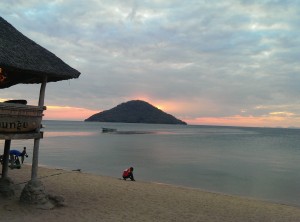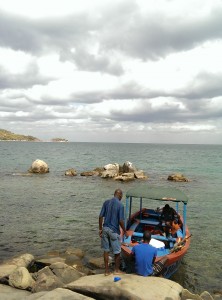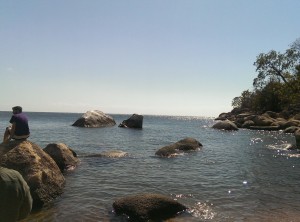Rice University puts a lot of emphasis on hands on learning. There are design teams consisting of senior engineers, global health minors, and freshman introductory engineers. These teams are tasked with real-world problems at the beginning of the semester, and are challenged to come up with solutions. Some of these are global health challenges. Coming up with a possible solution may be given the most attention, but the forefront of determining what questions to answer also deserves as much research and thought. How do we determine what technologies are needed for low resource countries? Or even better, how do we ensure that these upcoming technologies have the potential to be implemented successfully?
Before my internship began, the BTB program directors challenged us to look for problems for future design teams. At the time, I thought of this as a simple goal: of course a low resourced hospital in Malawi will have many problems in desperate need of Rice’s engineers. However, this is surely not the case.
In a previous blog post, I provided a brief summary of the devices that were created by students this past semester. Some of the technologies that we brought over were received with skepticism. It is clear that problems are not uniform throughout every low resource hospital. St. Gabriel’s does not have a need for every resource or solution that we bring them. This does not mean that these innovations are not welcomed in every hospital. When touring the kangaroo care ward, the doctor lamented on the low number of neonatal patients in the room. Combined with the fact that African babies affected by jaundice are difficult to diagnose because of their darker pigments, only one patient uses the phototherapy treatment per year. Therefore, the phototherapy dosing meter will not provide the potential impact compared to Queen Elizabeth Central Hospital in Blantyre. QECH is a much larger district hospital and sees many patients undergo phototherapy.
After talking to a pediatric doctor, he inquired why one of our showcased devices, the temperature probe, did not have a way to output the exact temperature. The probe provides three results: hypothermia, hyperthermia (fever), and normal through three distinct light indicators. To him, simply checking the neonate’s temperature periodically would provide more data. At a busier hospital where constant attention can not be given to neonates in incubators, the three result system would allow mothers to use it as an alert indicator.
We are still gathering feedback from a variety of doctors, clinical officers, and nurses, and hope to return with more useful information for future design teams tasked with the same project.
On another note: This past weekend we traveled to Cape McClear, a small beautiful part of Lake Malawi, and met with the Rice interns from Blantyre. It was an exhausting but very exciting trip. Read Carissa’s blog for a great detailed description of our trip! Even though we were only gone for a weekend, Joao, Jesal and I were very glad to come home to Namitete.


